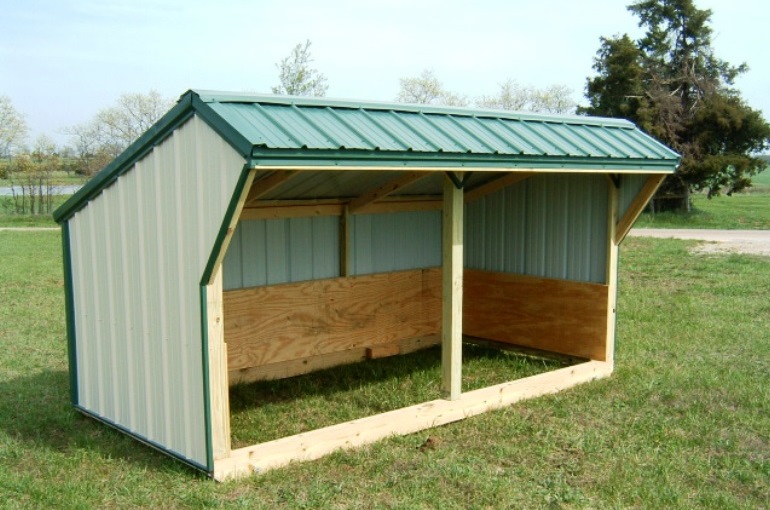Housing Sheep

This post is also available in:
This post is also available in:
![]() Español (Spanish)
Español (Spanish) ![]() Français (French)
Français (French) ![]() Deutsch (German)
Deutsch (German) ![]() Nederlands (Dutch)
Nederlands (Dutch) ![]() हिन्दी (Hindi)
हिन्दी (Hindi) ![]() العربية (Arabic)
العربية (Arabic) ![]() Türkçe (Turkish)
Türkçe (Turkish) ![]() 简体中文 (Chinese (Simplified))
简体中文 (Chinese (Simplified)) ![]() Русский (Russian)
Русский (Russian) ![]() Italiano (Italian)
Italiano (Italian) ![]() Ελληνικά (Greek)
Ελληνικά (Greek) ![]() Português (Portuguese (Brazil))
Português (Portuguese (Brazil)) ![]() Tiếng Việt (Vietnamese)
Tiếng Việt (Vietnamese) ![]() Indonesia (Indonesian)
Indonesia (Indonesian) ![]() 한국어 (Korean)
한국어 (Korean) ![]() polski (Polish)
polski (Polish)
Building the Sheep Farm – How to house Sheep
As it happens in all livestock activities, we start by building our sheep establishment well before we welcome our animals. We need a shelter area, a grassy area and of course a very good fence.
Sheep are not so good excavators as pigs, which love to destroy fences and run away in no time, and not so effective escape artists as goats, which like to climb and jump fences in order to explore the unknown. Your sheep will most probably never try to escape (unless it feels a great threat). In some places, after proper training, sheep accompany people in their daily walks inside towns and small villages, being more grounded and obedient than many dogs. However, sheep are often attacked by predators, and many of them may be closer than you think (for instance a neighbor’s dog). Foxes, wolfs, coyotes and others are common sheep predators. Consequently, we need a good reinforced fence that will protect our livestock. It has to be at least 5-6 ft tall (1,5 meter). There are standard cattle panels as well as electrical fences, which offer better protection, especially against intelligent predators.
It is also essential to take measures against deforestation and complete flora’s destruction, when raising sheep. You can buy or build portable fences so as to rotate the sheep inside the field and avoid deforestation from their grazing. In that case, you must promote the so called rotational grazing. This means that you can divide your field in 5 or 6 equal parts, and you let your sheep graze for two weeks only in part 1. At the end of two weeks, or earlier if you observe that 80% of its plantation has been diminished due to sheep grazing, you can block the access to the part 1 and you let them graze only in part 2. After two weeks, you block the access to the part 2 and you send them in part 3 etc. Under this scheme, the pasture in all the parts of the field will have the proper time (at least 8-10 weeks) to grow again and develop, without the threat of deforestation and complete destruction. Of course, if you overcrowd 60 sheep in one hectare, even with rotational grazing, you will not prevent deforestation.
Regarding the shelter, we don’t need to build a sophisticated construction. A three sided shelter made from wood pallets and a steady roof is enough. It has to be dry, well ventilated and maintained clean. Keep in mind that the shelter has to be roomy, so that the sheep will not be overcrowded (about 35 square ft. or 3,25 square meters per sheep). During winter frost or snow, sheep will spend most of their time inside the shelter. You can put hay as bedding. Bedding offers insulation, a sense of safety and it can protect the animals from injuries. Furthermore, bedding makes easier the daily removal of sheep wastes, as you can sweep and dispose the bedding along with the wastes.
Finally, you need a dry and shadowy room, where the hay will be stored.
You can enrich this article by leaving a comment or photo of your sheep fence, grassy area and shelter.
2.) Housing Sheep
3.) Selecting Sheep for milk or meat
7.) Sheep Manure Production and Waste Management
8.) Is Sheep Farming Profitable?
Do you have experience in Sheep Farming? Please share your experience, methods and practices in the comments below. All the content you add will be soon reviewed by our agronomists. Once approved, it will be added to Wikifarmer.com and it will influence positively thousands of new and experienced farmers across the world.









































































